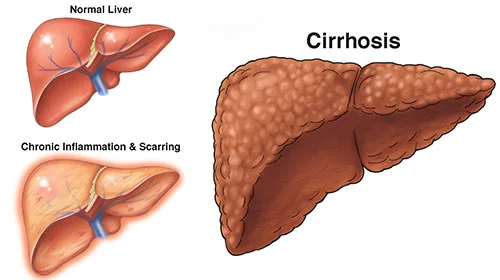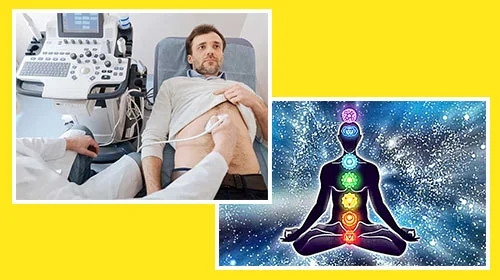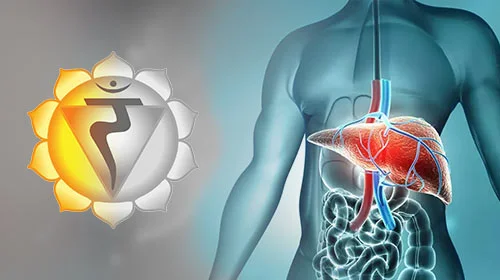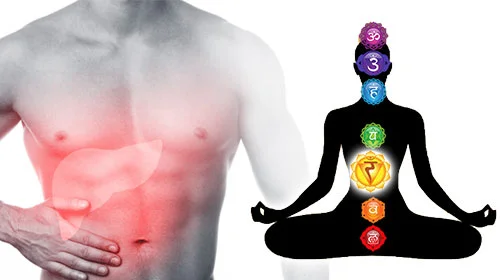Liver Cirrhosis
- Home
- /
- Liver Cirrhosis

Cirrhosis of the liver is caused by scarring (fibrosis) induced by long-term liver injury. The scar tissue obstructs the liver’s ability to function normally. Cirrhosis is often known as end-stage liver disease since it occurs after previous stages of liver damage caused by diseases such as hepatitis.
Even if you have cirrhosis, your liver may continue to function. Cirrhosis, on the other hand, may ultimately lead to liver failure and severe consequences that can be fatal. Cirrhosis treatment may be able to prevent the disease from worsening.
In the early stages of (liver) cirrhosis, there are typically no symptoms. Tiredness and nausea are typical as it deteriorates. Appetite loss, weight loss, and muscle mass loss all become more apparent with time. Some signs and consequences of (liver) cirrhosis include: yellowing of the skin and the eyes (jaundice), vomiting blood, itchiness, easily bleeding or bruising, and swollen legs (edema) or stomach (ascites) from a grow of fluid loss of sex drive (libido).
Wilson’s Disease is a hereditary disease that impairs the body’s ability to process copper and may lead to liver failure and cirrhosis. The majority of individuals with this illness are diagnosed between the ages of 5 and 35; however, Wilson’s Disease may affect both young and elderly people.
However, the most frequent causes of liver cirrhosis are chronic untreated Hepatitis C and alcohol abuse. Obesity relates to a range of liver problems known as nonalcoholic fatty liver diseases, although it rarely growths to liver cirrhosis.
At the present, there is no treatment for cirrhosis. However, there are methods to control the symptoms and associated consequences, as well as delay the development of the disease. Treating the underlying cause of cirrhosis (for example, using anti-viral medications to treat hepatitis C) may prevent cirrhosis from worsening.

If you have a medical story of hepatitis or alcohol abuse and you feel very tired and weak with no apparent reason, along with loss of appetite and weight, you may suffer from a liver disease. It is always best to get a speedy medical check-up of the liver so that any issues are detected at the earliest and the treatment commences immediately.
Cirrhosis if suspected is confirmed by a liver biopsy, were a fine needle is used to remove a sample of liver cells so they can be examined under a microscope. If you’re overweight, you may be urged to cut down or stop consuming alcohol, and to lose weight.
Once the diagnosis has been established and medical treatment has begun, the patient might consider beginning professional Chakra Therapy to enhance and speed up recovery while providing holistic and ultimate healing.

The Manipura Chakra, or the Navel Chakra, is the region of fire that burns within us and guides our actions in our daily lives. It is the seat of power and the creator of vitality. The Manipura Chakra is blocked whenever a person consciously gives power to others, has limiting beliefs related to power, or does not take a position related to power. (One of the reasons for this may be an oppressed childhood or a submissive nature). The Manipura Chakra governs the digestion of food and gives the prana, or energy from the food, to the body. When the Manipura is imbalanced, the body is robbed of this prana and the person experiences stomach issues, weakness, and chronic tiredness, among other ailments.
When your Manipura Chakra is balanced or energized, you naturally feel full of energy, spontaneity and power, and liver cirrhosis can be significantly halted.

Chakra Therapy is a unique technique to open the blocked Chakras in the body and treat the ailments caused by these blockages. Chakra Therapy is an alternative therapy that does not have any side effects and treats not only the disease but transforms the affected individual to find their purpose in life and face it with renewed energy and vigor.
Chakra therapy opens the Manipura Chakra and with the resulting restored energy and vitality the individual can counteract further damage of the liver.

The liver, a crucial organ, plays a significant part in our emotions. Anger is a natural feeling, but our ideas that create it, our thoughts about it, and our attitudes and beliefs about it are seldom natural or normal. As a result, it might be beneficial for you to examine your ideas and attitudes about rage.
When the liver energy is clogged and out of balance, a person may feel melancholy, defensiveness, irritation, wrath, or discouragement. When these emotional states become persistent, virtually a way of life, we become “emotionally toxic,” and the liver’s natural ability to handle poisons begins to decrease, you have overburdened it.
Suppressed wrath and anger are the root causes of liver diseases such as hepatitis and cirrhosis. Metaphysically, the liver represents a resistance to change. If you are unwilling or unable to let go of your anger or resentment, or find healthy ways to express them, or, even better, do some therapeutic healing work to determine the source of your perpetual anger, anger can easily turn into resentment and the desire for revenge, which can lead to non-alcoholic fatty liver disease. Furthermore, liver cancer is linked to persistent fault-finding, whether in others or in oneself.

Causes
- Hepatitis
- Alcohol abuse
- Hemochromatosis
- Wilson’s Disease
- Immune problems
- Genetic factors
Symptoms
- Feeling tired and weak
- Poor absorption of nutrients
- Indigestion related to medicines
- Bleeding and bruising easily
- Yellowing of the skin and the eyes
- Nausea and vomiting
Chakra Associated with
- Manipura Chakra
Chakra Blocked By
- Dependencies leading to victim mentality, suppressed anger, painful memories from the past and worries about the future.
Chakra Unblocked When
- You let go of all the worries related to past and future and the external world and tune to your inner power to handle what comes.

Rudraksha Ratna Science Therapy (RRST) uses specific Rudraksha and Ratna (gemstone) in precise advanced stringing methodology for chakra awakening and healing.
A blocked Manipura Chakra can be opened with the use of Rudraksha, gemstones and other techniques. Choosing the appropriate Rudraksha and Ratna as well as wearing them as per RRST methodology unblocks the Solar Plexus Chakra and controls and effectively halts worsening of liver cirrhosis.
